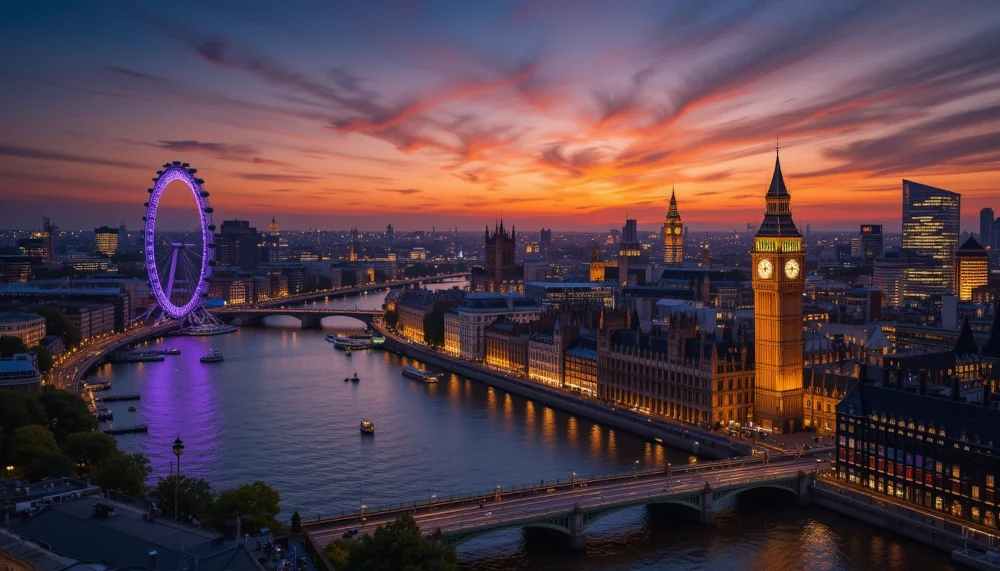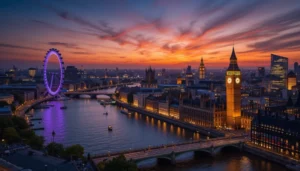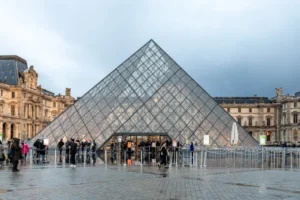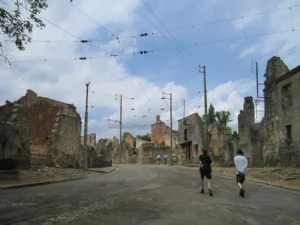- Home
- TRAVEL TIPS
- Ghost Towns Of Europe: The Lost Souls
Ghost Towns Of Europe: The Lost Souls
DigitalrezaidActivities, TRAVEL TIPS, CITY GUIDES4 months ago7.2K Views
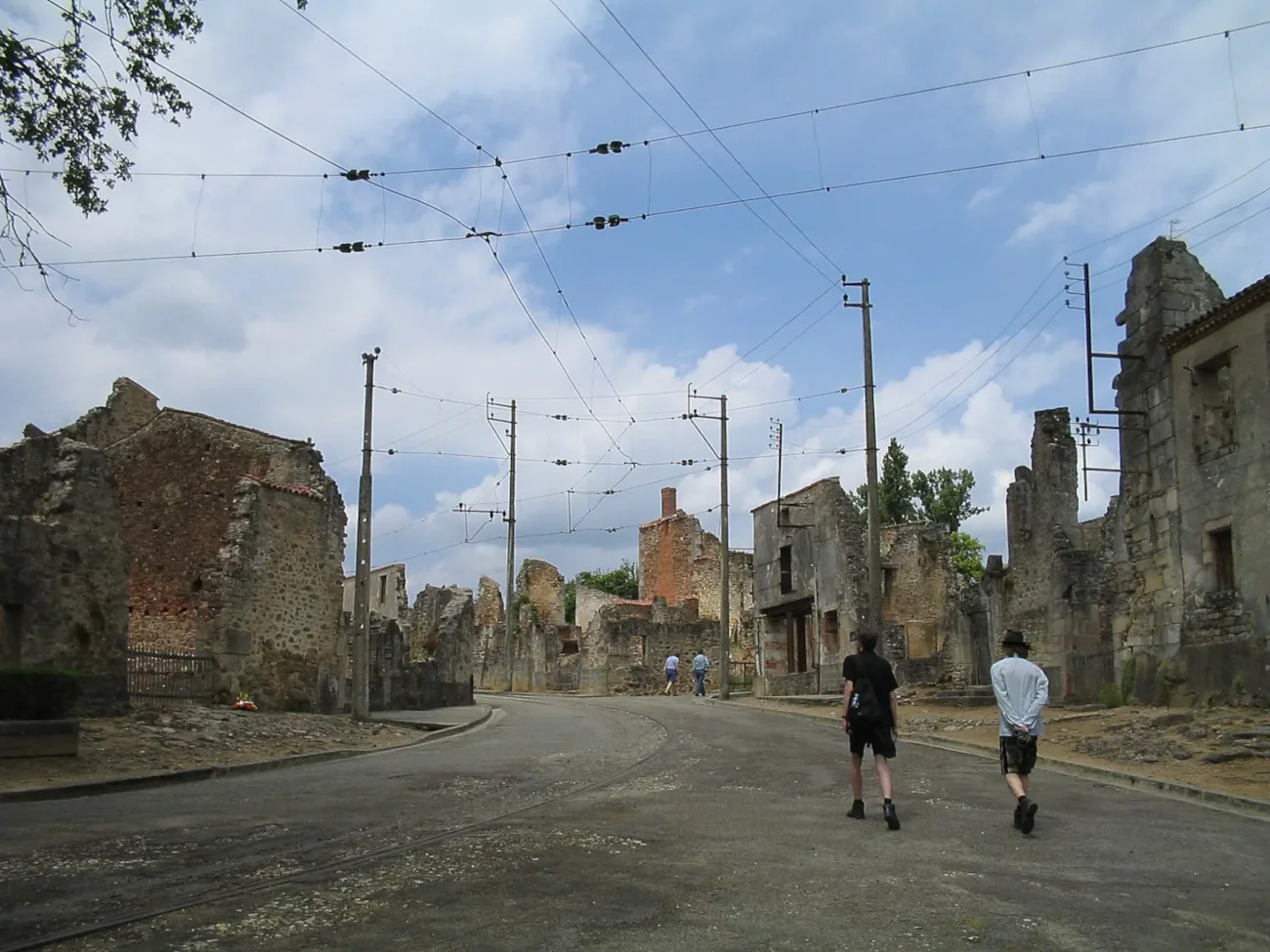
There is just something very haunting yet, at the same time, something enchanting about these ghost towns of Europe. These forsaken places with their decaying facades and empty streets tell tales of the people who once lived a long time ago.
As Europe is a land of history and drama, it provides a really peculiar perspective into the good old days with the help of these ghost towns. It’s not simply about the ruins. It is also about the ambience of people, dreams, and communities that have been lost in time.
So grab your flashlight and imagination, and let’s explore the lost souls of Europe.

The Whispers of the Forgotten: Why Europe’s Towns Fell So Silent?
Before we go playing through the inscriptions, it is important to ask the most crucial question. Why do towns die in the first place?
In Europe, many ghost towns are born from wars or economic collapse, or natural calamities. Some got empty in just a night, while others slowly faded in time as many of their residents left in search of better living conditions.
Sometimes, it takes only a single disaster, such as an earthquake, a dangerous landslide, or a bloody massacre, to wipe every spec of life away from a really bustling village full of light. Every ghost town is a time capsule, containing stories frozen in dust. Each one poses the same quiet question.
What the hell happened here?
Craco, Italy: A Hanging Cliffside Town Frozen Deep in Time

This strange-looking village, perched precariously on a rocky hill in southern Italy, nearly looks like a piece of a freaky dream or maybe a nightmare.
It was an important medieval village, which has now turned into a lifeless corpse. And the reason is that, through the 1900s, many landslides and earthquakes had systematically scared away all its inhabitants. Now, it is only the skeleton remains, which includes stone buildings, crumbling stairways, and empty windows overlooking the valley below.
Though even in its abandoned state, there is some strange beauty that lurks in it. Many famous directors of films and world-renowned artists have really loved to visit this place because of its surreal, cinematic quality. It still continues to do so, and it is very easy to understand why, because you can almost hear the echoes of footsteps on cobblestone streets and whispers from long-forgotten balconies.
Pyramiden, Norway: The Arctic Ghost of Soviet Ambition
Below the Arctic Circle and inside the Svalbard archipelago of Norway, the abandoned town of Pyramiden has been well-preserved thanks to valuable help from the permafrost. Established by the Soviets in the 1930s and ’40s as a mining colony, this place hosted a swimming pool, a piano, and a statue of Lenin dancing with the bitterly icy winds. And after the closing of the mines in 1998, the whole town was practically stripped of life in just one night.
You have to hand it to these communists. They really know how to enforce a rule and execute it. As of now, this place serves as an Arctic museum of Cold War ambitions, in a way quite eerie, preserved in a very pristine condition. You can visit it today, and it’s like walking through a Cold War snow globe.
Oradour-sur-Glane: France’s Ghost Town That Time Refused to Heal

Unlike others that bear the marks of abandonment by Mother Nature or the weight of a bad economy, this one has a much darker history that will really scare you to the bones.
In June 1944, Nazi troops massacred 642 villagers in just a single day and then set fire to the village, after the Second World War, which ended with a crushing defeat of Germany.
France took a stand and wanted to make Oradour a chilling example for future generations to see.
Walking through its rusting cars and charred walls will give you a real chilling, emotional experience because it is not a tourist attraction made to be visited for fun. It’s a graveyard with no headstones, a town deliberately preserved to remind us never to forget about what war does to the innocents.
Kyakoy, Turkey: Where Stone Walls Still Remember
Once a lively, colourful village where many Greek Orthodox families lived in peace. Then, chaos occurred in 1923 when there was a population exchange between Greece and Turkey.
And then thousands were forced out of their homes. Today, it is a mere shell township of stone houses slowly suffocated by ivy and silence.
It is a town haunted by the purged souls. Many buildings have worn out over time, but everything is still in good condition. Some travelers say it feels as if the villagers left it yesterday, as everything is still fresh. You can just really feel the emotion in the abandoned churches, the empty schools, and the cracked wells.
Europe’s Best Kept Secrets: Ghost Towns Never Heard Of
Beyond these overcrowded ghost towns, almost every European country boasts a few forgotten, lonely gems, all of which have a story attached to them:
- Polphail, Scotland: Designed in the 1970s to house oil workers who eventually never came to settle in this part of the world, it stood empty from day one and has been a playground for graffiti artists ever since, except for demolition.
- Doel, Belgium: An eerie ghost town that is constantly at battle with the authorities to prevent demolition for port expansion. Some residents stayed, others fled, leaving a surreal blend of life and abandonment.
- Belchite, Spain: It was bombed during the Spanish Civil War, but was left without any reconstruction afterwards. Now it stands as a sober witness to the human cost of wars.
Not all of these places are barren. They are multilayered with history-in-the-making, politics, and great passions.
If you’re looking beyond Europe, explore the best August travel destinations in the USA, where small towns and scenic wonders also carry their own mysteries and charm.
How to Visit a Ghost Town with Respect?
With social media full of dreamy, decayed landscapes, ghost towns have become a magnet for urban explorers and photographers. But there’s a growing conversation around ethical exploration.
These towns aren’t movie sets., They are real places, often with real traumas. So, it’s crucial to explore with respect and mind your manners in the following way:
Don’t take souvenirs.
Don’t damage what’s left.
And always ask. Am I honoring this place, or exploiting it?
If it is done right, ghost town tourism can spark reflection, empathy, and deep curiosity not just about the past, but about how we preserve memory.
Spirits and Shadows: Are Europe’s Ghost Towns Really Haunted?

Well, it’s really not that surprising to see why these deserted towns attract ghost stories. And here are some spooky tales for you, too:
- Locals have sworn about the echoing of strange voices within the ruins of Craco.
- It is said, for some reason, you can feel cold in Oradour-sur-Glane, even on the warmest days.
- Kayaköy is famous for reports of whisperings at night and some strange, unexplained lights.
For a hauntingly similar experience beyond Western Europe, consider visiting Pripyat, the abandoned city in Ukraine—a chilling reminder of the nuclear age’s dark side.
So, whether you believe in spirits or not, there is an energy in these places that can’t be ignored. Call it imagination, or call it history’s shadow.
There is just something that lingers in the dark shadows.
What Do These Ghost Towns Teach Us Today?

Ghost towns are more than abandoned buildings. They are reminders of the fragility of how quickly a community can vanish, how easily history can be buried beneath vines and dust.
But they’re also places of wonder. They remind us that every quiet street once held life. Laughter. Struggle. Celebration.
Even thriving places like the Cathedral City south of Leeds show how heritage, community, and modern life intersect—offering contrasts to Europe’s silent towns.
And when visiting these places, we can bring a little life back to them, even if it is just for a moment.
Europe’s ghost towns are not lost. They’re waiting. Waiting to be remembered.
Conclusion: The Beauty in Abandonment
Europe’s ghost towns are not mere desolate sites. Rather, they are tales that are waiting to be rediscovered. From the wintry silence of Pyramiden to the sorrowful desolation of Oradour-sur-Glane, each teaches us something different. They expose the frailty of civilization, the vast power of nature, and the deep wounds of history. But they also symbolize survival, how memories last long after the last person leaves.
So for all history lovers, photographers, travelers, or any curious mind interested in places that have gone into oblivion, these towns know a lot more than decay. They know perspective. They are the bridge between the past and present, and maybe they will allow you a little glimpse of the good spirits of the departed who once inhabited them.
FAQs
Q: Which is the most famous place that I should definitely visit?
A: That would be a French town called Oradour. Just go there and see the reality of what a war can do.
Q: Are they really safe to visit?
A: Oh, absolutely, there is no need to be scared as ghosts aren’t real. Well, hopefully, fingers crossed.
Q: So, why should I care about these abandoned places?
A: Because they are lessons for you to learn about the past so you can make a better future. Those who forget the past are bound to repeat it.











